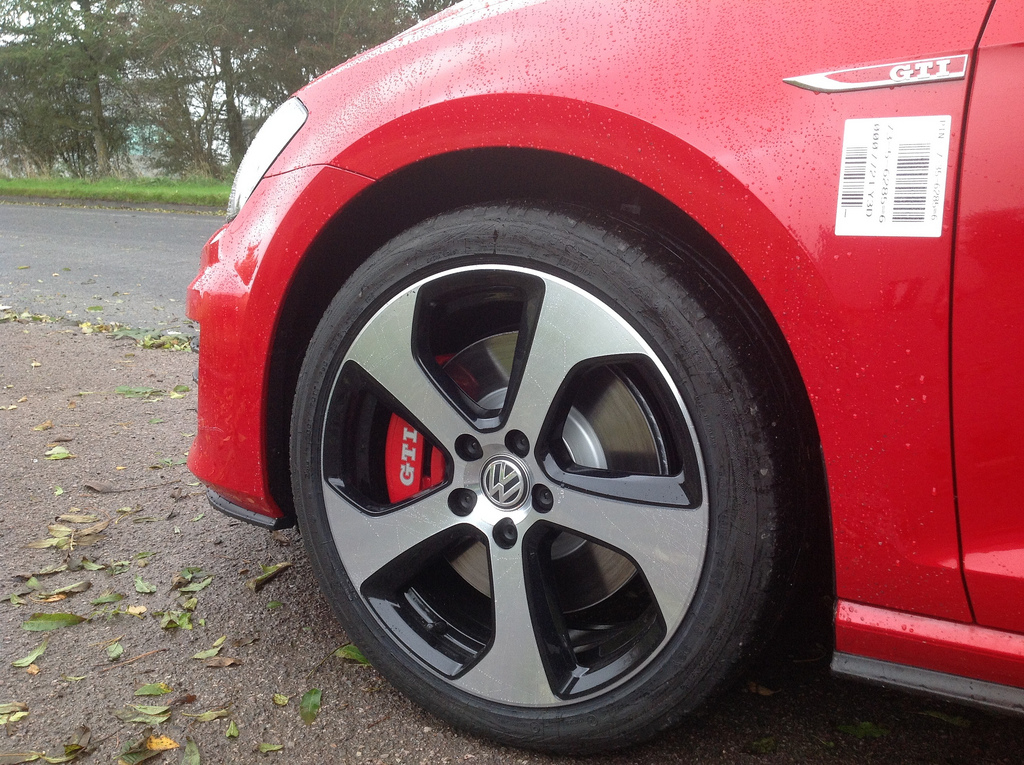Car Brakes - Everything You Need To Know

Brake basics
Let's start with the brake disc, a crucial part of your car’s braking system. It's attached to the wheel and looks like a big, thick dinner plate. Pads are held in place with callipers and press against the disc to stop the wheel turning. It’s all about friction. So how do you know when things are going wrong?
Brake pad wear
When the pads wear down and become thin they need to be replaced. A garage is best placed to tell you when this needs to happen. Most will give you a measurement in percentage or millimetres, try and aim to get it in mileage as this gives the best idea. If you're confused by what your mechanic tells you our brake calculator will give you a better idea.
This will give you a better idea of how many miles there are left on your brakes, make sure you ask your mechanic if you don't understand.
Brake pad squealing
There's a small metal element in the pad and when the pad wears down to a thickness when it should be changed, there can be a high-pitched squealing sound as metal scrapes against metal. If the squealing intensifies to a grinding sound then the pads may be dangerously worn.
Squealing brakes are an indicator that it's time to change your
brake pads.
Spotting brake problems when driving
Other indications that the brakes are failing include -
- a spongy or soft brake pedal
- slow response to braking
- car pulling to the left or right when braking
- a strange pulsing sensation when the brakes are applied
Pulsing through the steering wheel suggests the problem lies in the front wheels. Pulsing through the pedal suggests it may be the rear wheels. If any of these symptoms occur you should immediately arrange a diagnosis with MotorEasy.
Spotting brake problems when parked
Depending on the design of your wheels, you may be able to see the brake discs and only when stone cold, touch them. They should be relatively clean, shiny and smooth.
If there is visible rust then perhaps the pads are worn or misaligned on the disc.
The Best Way To Find And Fight Rust
If there are deep grooves then your pads may be dangerously worn.
It is also important to open the bonnet and check the brake fluid level. Consult your car’s owner’s manual for details, but usually the fluid should be exactly level with an indicated mark when cold. It is possible to top up the level, but if you monitor the level and it drops then there could be a leak or problem. If safe to do so, it is possible to look underneath at the metal pipes - if corroded your car could fail it's next MOT.
Your brake fluid is checked and topped up when your car is serviced. If your service is due get a quote and let MotorEasy look after your car.





